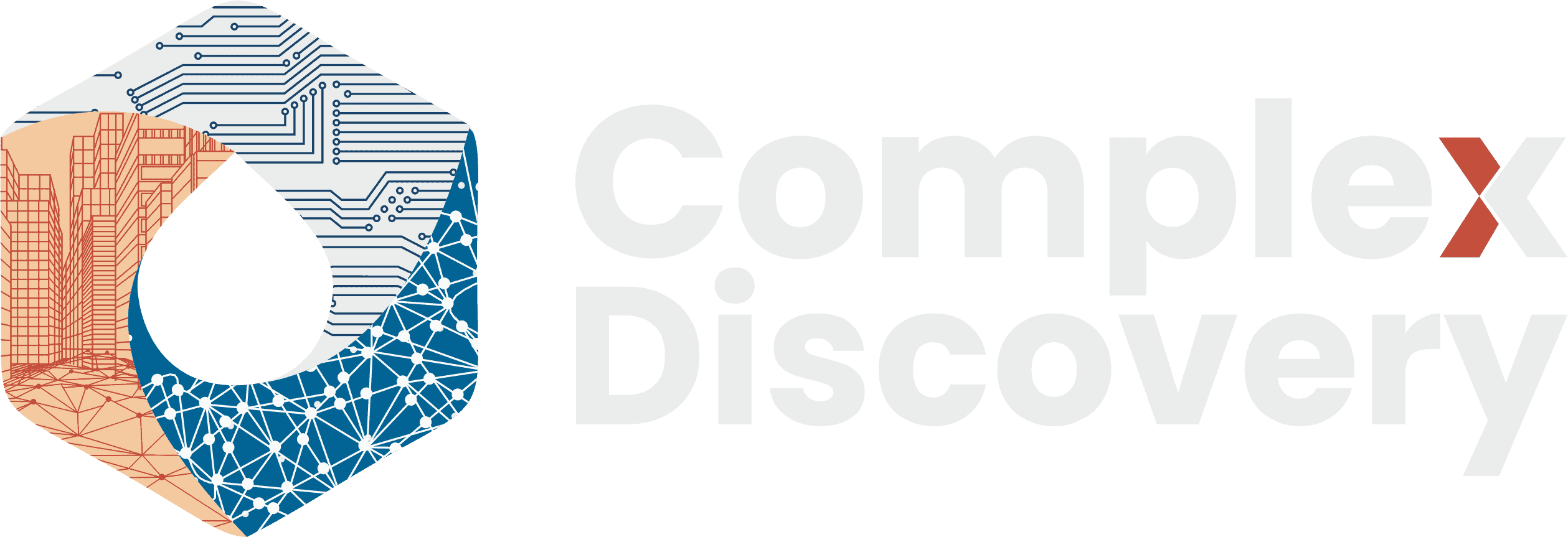Editor’s Note: Artificial intelligence continues to redefine the contours of public sector innovation. A standout development is the rise of hybrid AI architectures—pairing Small Language Models (SLMs) with Large Language Models (LLMs)—a strategic approach playfully dubbed the “AI mullet.” This trend, detailed by Wes Green of Invisible Technologies, reflects a maturing understanding of AI’s role in balancing compliance, cost, and capability. Highlighting real-world use cases from Estonia to U.S. federal agencies, this article delivers timely insights for cybersecurity, information governance, and eDiscovery professionals navigating AI implementation in complex, regulated environments.
Content Assessment: The AI Mullet: Transforming Government with Hybrid Intelligence
Information - 92%
Insight - 90%
Relevance - 88%
Objectivity - 89%
Authority - 90%
90%
Excellent
A short percentage-based assessment of the qualitative benefit expressed as a percentage of positive reception of the recent article from ComplexDiscovery OÜ titled, "The AI Mullet: Transforming Government with Hybrid Intelligence."
Industry News – Artificial Intelligence Beat
The AI Mullet: Transforming Government with Hybrid Intelligence
ComplexDiscovery Staff
Artificial intelligence is steadily reshaping the public sector, introducing new efficiencies and capabilities that extend far beyond the early days of digital transformation. Among the most notable trends in government technology is the emergence of hybrid AI architectures that combine Small Language Models (SLMs) and Large Language Models (LLMs), a strategy informally described by some industry leaders as the “AI mullet.” This approach, as articulated by Wes Green, Senior Vice President of Global Public Sector for Invisible Technologies, leverages the strengths of both model types: SLMs for structured, mission-critical, and compliance-driven tasks and LLMs for open-ended analytics, research, and citizen engagement.
Green’s observations, shared in recent industry commentary, highlight how SLMs can be deployed on-premises to support sensitive operations, offering cost-effective and secure solutions for real-time government needs. These models are particularly well-suited for managing legal documents, regulatory frameworks, and other areas where precision and data control are paramount. In contrast, LLMs, renowned for their ability to process and generate expansive text, are increasingly used for strategic analysis and public-facing applications, enabling agencies to innovate and interact with citizens in more nuanced ways. According to Green, this division of labor allows agencies to balance efficiency, compliance, and strategic flexibility while also addressing the practical realities of cost and computational resources.
Estonia’s government offers a compelling example of how innovative AI adoption can drive public sector transformation. Kristjan Prikk, Estonia’s Ambassador to the United States, has publicly discussed the country’s ongoing integration of AI across government services, including crisis management, defense, and tax administration. By adopting a range of AI solutions, including specialized models for tasks such as document processing, fraud detection, and compliance, as well as more advanced systems for data analysis and citizen engagement, Estonia has enhanced the efficiency, reliability, and responsiveness of its public services. While the specific use of hybrid small and large language model architectures is an emerging best practice globally, Estonia’s experience demonstrates how a thoughtful blend of automation and analytics can enable governments to deliver more proactive and citizen-centric services.
In the United States, federal agencies are also advancing their AI capabilities, guided by evolving policy frameworks and a renewed emphasis on risk management and public trust. Recent memoranda from the White House Office of Management and Budget (OMB) have established new requirements for the use and procurement of AI by federal agencies. These policies, rooted in the latest executive directives, require agencies to maintain inventories of AI use cases, implement risk management practices for high-impact AI deployments, and ensure privacy and data protection throughout the AI lifecycle. The OMB guidance further underscores the importance of treating AI acquisition with the same rigor as other critical IT procurements, reflecting the growing significance of AI in the federal technology landscape.
As government agencies adopt hybrid AI strategies, they are increasingly guided by established best practices for ethical AI use, infrastructure investment, and interoperability. The National Institute of Standards and Technology (NIST) AI Risk Management Framework, for example, provides a structured approach to identifying and mitigating AI risks, emphasizing transparency, fairness, and accountability. While the adoption of hybrid SLM/LLM architectures is still emerging, recent studies indicate that most agencies are focused on foundational efforts such as governance, security, and compliance, with full-scale hybrid deployments expected to accelerate as organizational maturity increases.
The synergy between SLMs and LLMs offers public sector organizations a practical path to managing diverse data landscapes and delivering enhanced services to citizens. By prioritizing secure data handling, innovative engagement, and continuous risk management, government agencies can position themselves at the forefront of digital transformation, ensuring that AI adoption aligns with both operational needs and public expectations.
News Sources
- April 2025 AI Developments Under the Trump Administration (Inside Global Tech)
- Case Study: AI Implementation in the Government of Estonia (Public Sector Network)
- Ambassador Kristjan Prikk on how Estonia is embracing AI for proactive citizen services (FedScoop)
- The AI Mullet: SLMs as business in front, LLMs as party in back (Federal News Network)
- DOT’s Dr. Mike Horton on why intentional AI strategies are needed for government (FedScoop)
- GAO’s Lindsey Saul outlines AI’s promise in government services (FedScoop)
Assisted by GAI and LLM Technologies
Additional Reading
- AI at Risk: Security Gaps in Leading Language Model Providers
- Zero-Person Startups: How Agentic AI is Shaping a New Business Frontier
Source: ComplexDiscovery OÜ







































